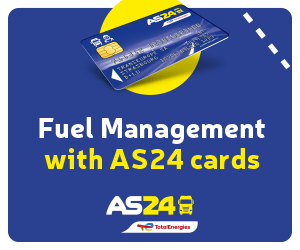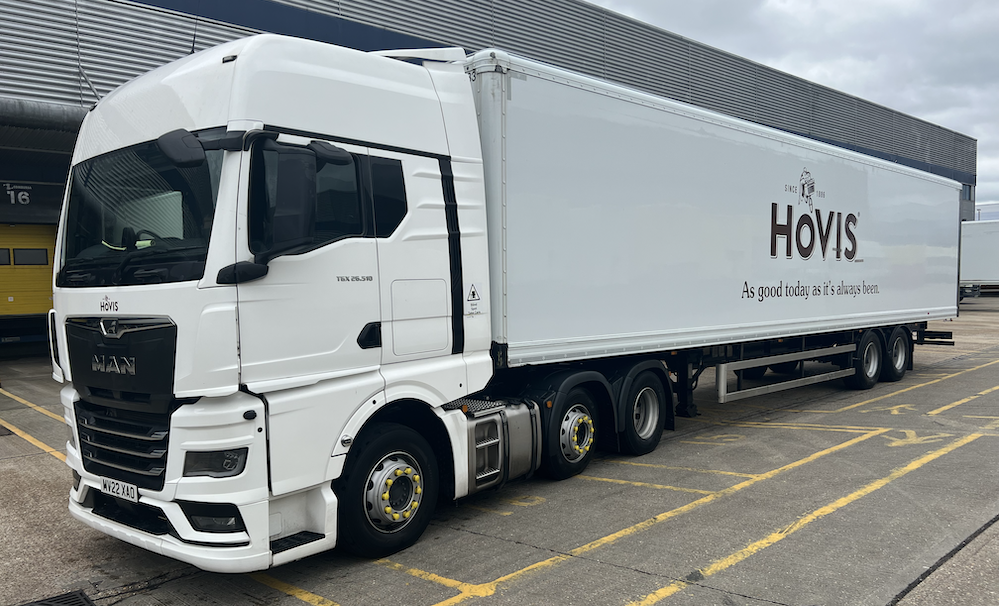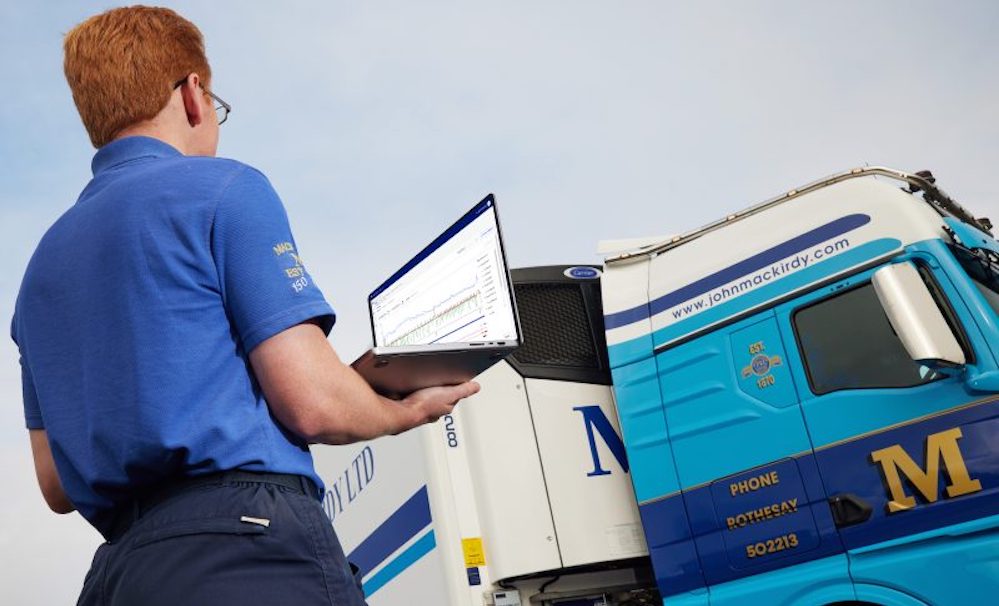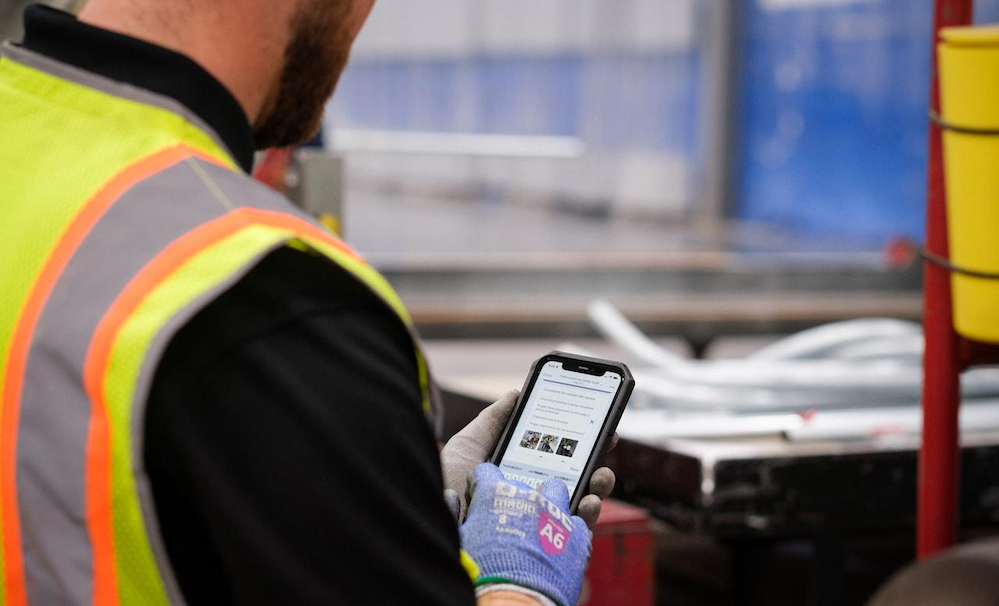While the topic of Brexit has taken somewhat of a backseat over recent months with the impact of Covid-19, we remain in the period of transition as the formal trade deal is yet to be agreed upon. As the date for potentially extending the transition period approaches on the 30th June ahead of the final ‘deal or no deal’ deadline on the 31st December, it’s already clear that customs declarations will apply to all imports from the EU, causing delays to already busy ports and stretched supply chains. For those industries that rely on just-in-time (JIT) distribution such as pharmaceutical, perishable goods, manufacturing, spare parts and low value high volume ecommerce, it’s imperative to get goods through customs clearance without delays and file the declarations required with ease.
So, instead of completing declarations at the border and adding delays to what is an already busy and chaotic environment – what if there was a way to complete customs declarations inland at your own facility?
Moving the border inland
With an ETSF (External Temporary Storage Facility) located at your own business’ site, away from the port, the entire customs process can be significantly accelerated. Your goods arriving into the UK can be taken to your site (e.g. a business’ premises or distribution centre), where the customs formalities can be managed electronically.
The customs border is effectively moved to your own premises, so customs declarations can be pre-lodged ahead of the goods arriving. This enables the site to operate as if it is the Customs Frontier from a HMRC and Border Force perspective, so long as it is running an approved ETSF solution.
A haulage or courier company with perhaps 1000 different consignments on one truck doesn’t want to have to fill out that number of declarations in a short period of time when leaving Europe and before arriving at a UK port. With an ETSF, they can create more time and stay ahead of the game by filling out the declarations at the end destination in advance, and therefore not delay the physical movement of the goods en-route with queues, inspections and processing at the border.
Another solution which can augment the ETSF setup is having an inventory system that is designed to group goods at truck level, instead of typical systems today that are designed for flight or vessel-based arrival. With a truck-based system, once a vehicle physically arrives at your site, its arrival triggers the clearance of all it’s consignments so they can be unloaded and handled.
An ETSF also gives electronic visibility and audit records to HMRC and Border Force, so if they do want to put a hold on any consignment the site operator knows immediately which goods are on hold awaiting paperwork or physical inspection – this can also be conducted at the operator’s site.
Taking back control
Ports such as Dover are busy enough at this time, add to that the need for additional complex clearance processes come the end of the Brexit transition period and trucks that need to travel through those bottlenecks will face huge delays. Any clearances that can be moved inland will benefit supply chains greatly, especially those looking to quickly clear and distribute or sell products on.
Many organisations operate with JIT arrival of parts on trucks. Having the uncertainty of delays at the border will have a big impact on their ability to do this, increasing costs and revenue loss.
There will still be certain product categories that will require clearance checks at the border for safety reasons, such as meat and dairy products. But by moving as many clearance checks as possible inland not only speeds up the process for those vehicles that can go straight to the ETSF, but also unlocks efficiencies for those that will still have to complete clearances at the border. A win-win for those companies that transport different items across multiple categories.
Currently, there are a huge number of businesses that import from the EU and therefore don’t have to worry about customs clearances, but once the transition period is over, they will be faced with significant changes. The sheer volume of products crossing the border that will be hit with delays due to newly imposed procedures and paperwork will create significant knock-on challenges and potential costs for the wider supply chain. Businesses therefore need to take back control of their own clearances, create efficiencies where they can ahead of time so that once the transition period ends, they will be in an optimum position to maintain business continuity and control cost.
Don’t get caught out
With time counting down to the end of the Brexit transition period, businesses are doing what they can to prepare now ahead of 31st December 2020. Like many processes, setting up an ETSF does require applications and approvals which can take time. Any warehouse keeper that is approved for customs warehousing, which could be virtually any importer, can apply to have premises approved as an ETSF. Premises would need to be checked and approved, inspection areas setup and an inventory provider nominated. But this needn’t be a challenge for those that prepare now and work with a provider that can support the setup process in line with the inventory system that connects straight to HMRC. Using an ETSF has been a well established solution for many years, but the changes coming into place as a result of Brexit will mean that it is now more applicable and necessary for a large majority of businesses.
Brexit has caused much uncertainty, and an ETSF could be the most efficient way of taking back control to introduce some certainty for many businesses. With supply chains severely impacted by the current Covid-19 pandemic, businesses cannot afford to risk any further future disruptions. At least with Brexit, businesses have the time to prepare for the end of the transition, something we all wish we had had with Covid-19.
– Pol Sweeney, VP Sales and Country Manager UK, Descartes








